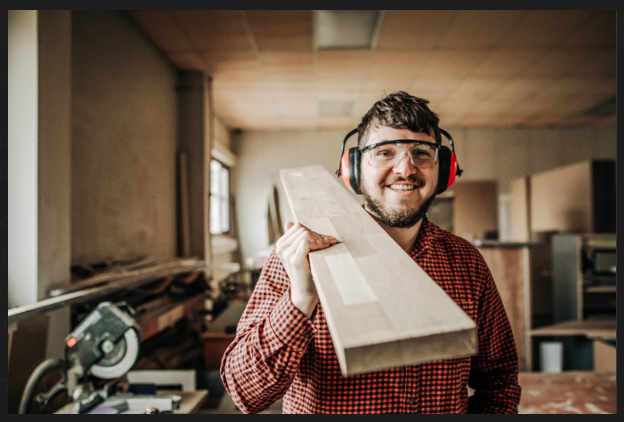.png)
Architects: Shaping Society's Progress Through Design
Beyond Blueprint and Design
Architecture is more than just the art of designing buildings; it's a dynamic field that holds a profound influence over the way we live, interact, and experience the world around us. Their pivotal role in shaping society transcends the realm of aesthetics and engineering to become stewards of culture, sustainability, and innovation. At its core, architecture is a collaborative endeavor that bridges creativity with functionality. Architects are tasked with translating abstract ideas into tangible spaces that accommodate human needs while responding to environmental contexts. This process involves a delicate balance between aesthetics, functionality, and social considerations.
Undoubtedly, they offer several invaluable values;
Cultural Stewards
Architects are cultural stewards who embody history, tradition, and identity within their designs. They often integrate cultural elements, materials, and architectural styles that reflect a region's heritage. From the grandeur of Gothic cathedrals to the minimalism of contemporary urban centers, architectural styles evoke emotions and foster connections to the past. Beyond aesthetics, architects are challenged to design spaces that foster inclusivity and reflect the diverse communities they serve. In doing so, they have the power to celebrate multiculturalism, create spaces that resonate with various social groups, and contribute to a sense of belonging.
Sustainability Pioneers
In an era of environmental consciousness, architects are at the forefront of sustainable design practices. The built environment is a major contributor to energy consumption and carbon emissions. Architects have responded by championing eco-friendly designs that minimize environmental impact. They incorporate renewable energy sources, utilize sustainable materials, and implement energy-efficient technologies to create buildings that harmonize with the natural world.
Moreover, architects are advocating for urban planning that prioritizes green spaces, encourages public transportation, and reduces urban sprawl. By promoting sustainable urban development, they contribute to cleaner air, reduced traffic congestion, and improved overall quality of life.
Innovators and Problem Solvers

Architects are not only designers but also problem solvers. They are called upon to address the unique challenges of each project, whether it's optimizing space in a small apartment or designing resilient structures to withstand natural disasters. Through innovative thinking and interdisciplinary collaboration, architects find solutions that improve functionality, safety, and user experience.
In recent years, the fusion of architecture and technology has given rise to groundbreaking advancements. From parametric design software that generates complex forms to the use of Building Information Modeling (BIM) for efficient project management, architects are harnessing technology to streamline processes and achieve visionary designs.
Community Builders

Architecture is inherently social. Architects consider how people interact within spaces, influencing behavior, communication, and social dynamics. They design spaces that encourage socialization, collaboration, and community engagement. Public squares, parks, and cultural centers become hubs for collective activities and shared experiences, strengthening the social fabric of neighborhoods and cities.
Architects are also catalysts for revitalization and transformation. They breathe new life into neglected areas through adaptive reuse projects that repurpose existing structures for modern uses. By reimagining abandoned factories as vibrant loft apartments or converting historic warehouses into thriving arts centers, architects rejuvenate communities and foster economic growth.
The role of architects extends far beyond blueprints and construction materials. They are visionaries who shape the physical and cultural landscapes of society. Architects have the power to honor tradition, champion sustainability, inspire innovation, and cultivate a sense of belonging. As we continue to face complex challenges in our rapidly changing world, the influence of architects remains integral to creating a harmonious and vibrant society.